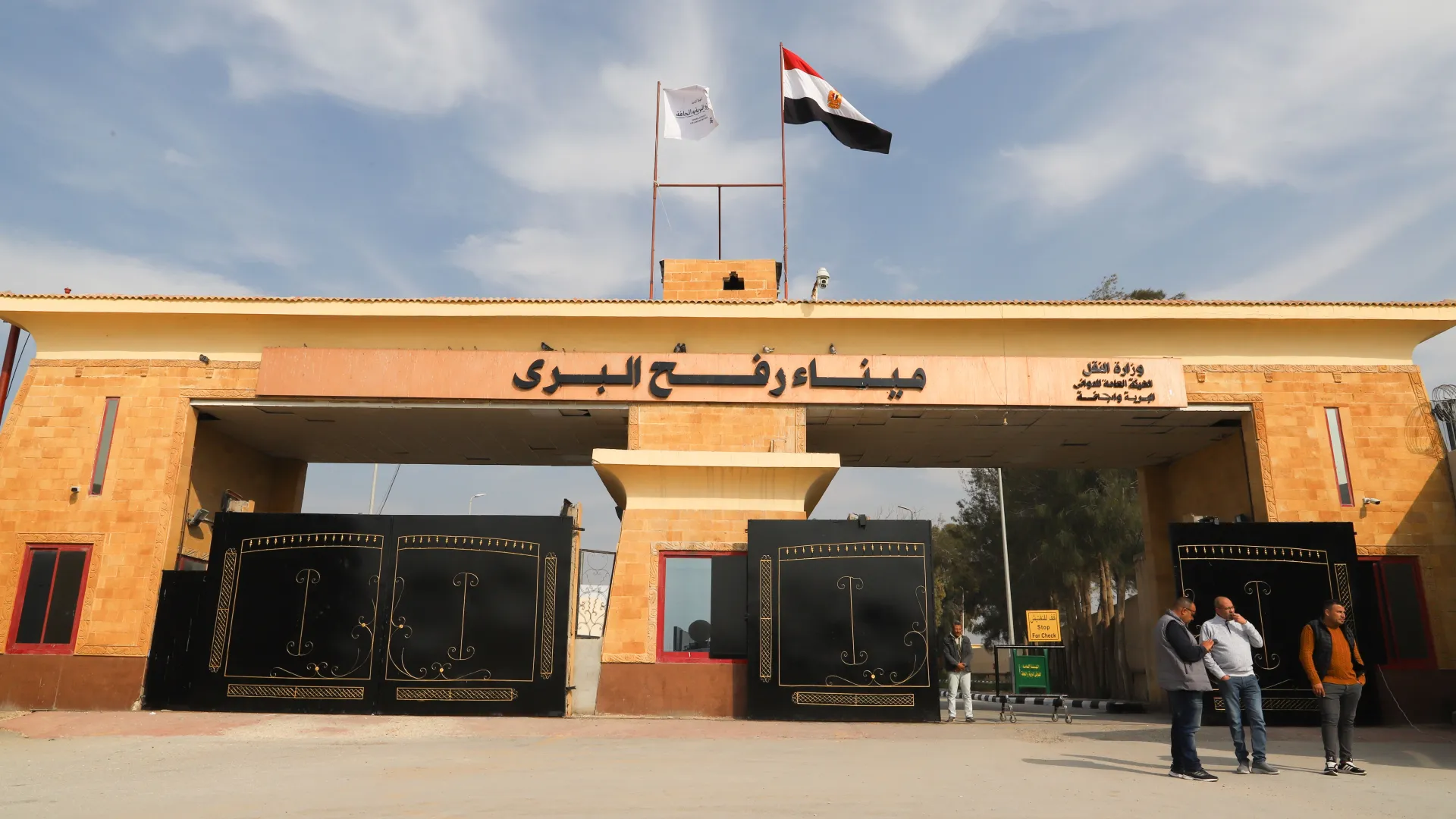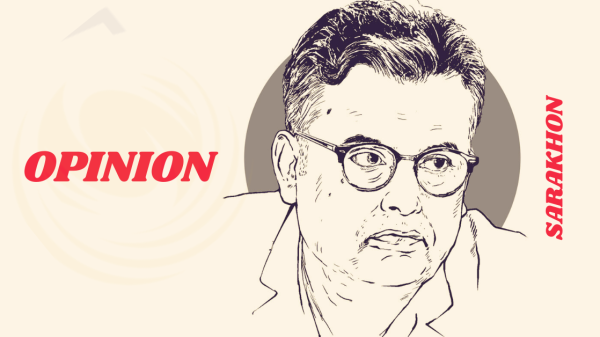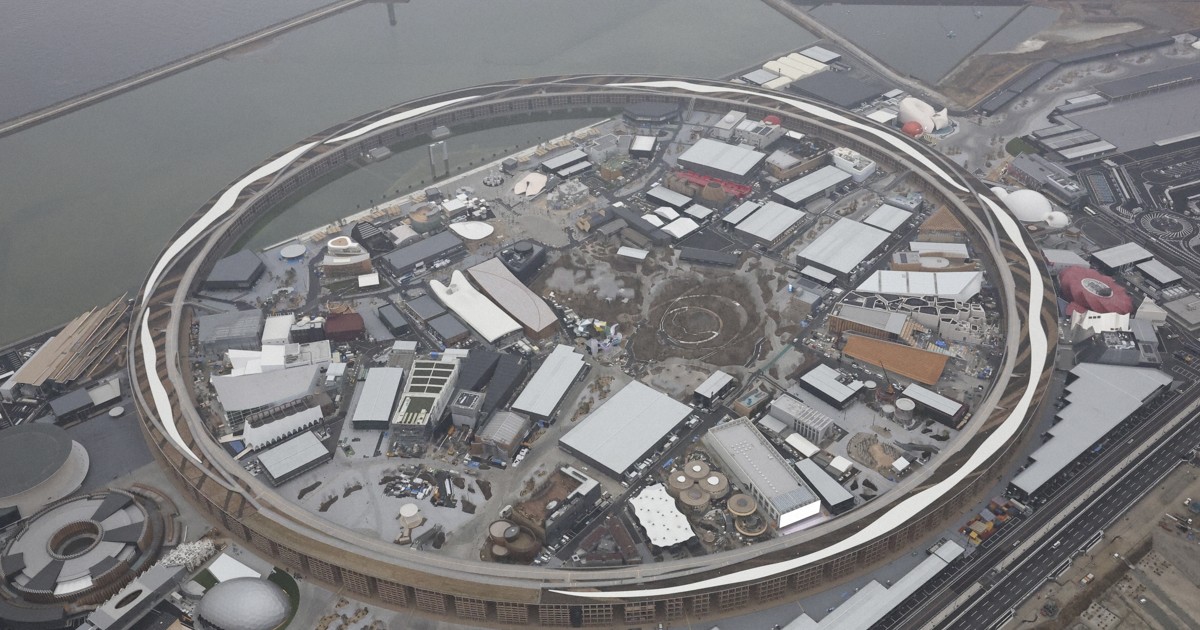America’s mass-transit problem isn’t just tracks and timetables—it’s fear


A man sleeps on a CTA Red Line outbound train in Chicago on Monday, March 14, 2022. (Jose M. Osorio/ Chicago Tribune/TNS)
Safety, perception and the ridership gap
A new analysis argues that U.S. public transit’s biggest hidden drag is passenger fear—of disorder, harassment and crime—which suppresses ridership far more than service frequency alone can fix. The data gap is stubborn: perception outpaces statistics, and minor disorder can drive away marginal riders who lack alternatives. Cities that rebuilt service after the pandemic often saw limited gains because they underinvested in station stewardship, lighting, cleaning, and visible staff. Officials who frame transit purely as climate or congestion policy miss the lived experience that shapes daily choices. The essay points to international contrasts: in Europe and parts of Asia, reliable enforcement of norms—no smoking, no fare evasion, few aggressive solicitations—supports a social contract that keeps buses and subways crowded and safe. In the U.S., fragmented governance and budget politics make those basics harder to deliver.
What works when safety is the barrier
The path forward is not a single fix but a bundle. Transit agencies that added unarmed attendants, community ambassadors, and crisis-response teams report better rider sentiment than systems that rely only on police or only on cameras. Cleanliness and maintenance have outsized effects, as do simple design changes: better sight lines, brighter platforms, and phone reception in tunnels. Publishing more granular incident data can close the gap between perception and reality—but only if paired with visible actions that riders notice. The political test is whether leaders will fund the unglamorous day-to-day of operations as aggressively as rail megaprojects. If they do, experts argue, transit can claw back riders who drifted to cars and ride-hailing—and unlock broader goals on emissions, equity and downtown recovery. The core lesson is pragmatic: safety and dignity come first; frequency and speed pay off only when people feel secure enough to step on the train.


















